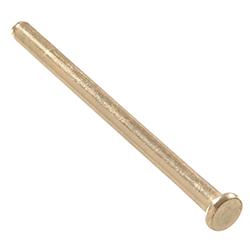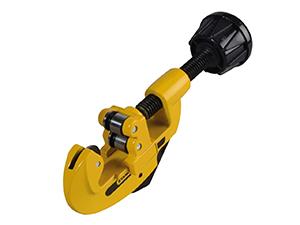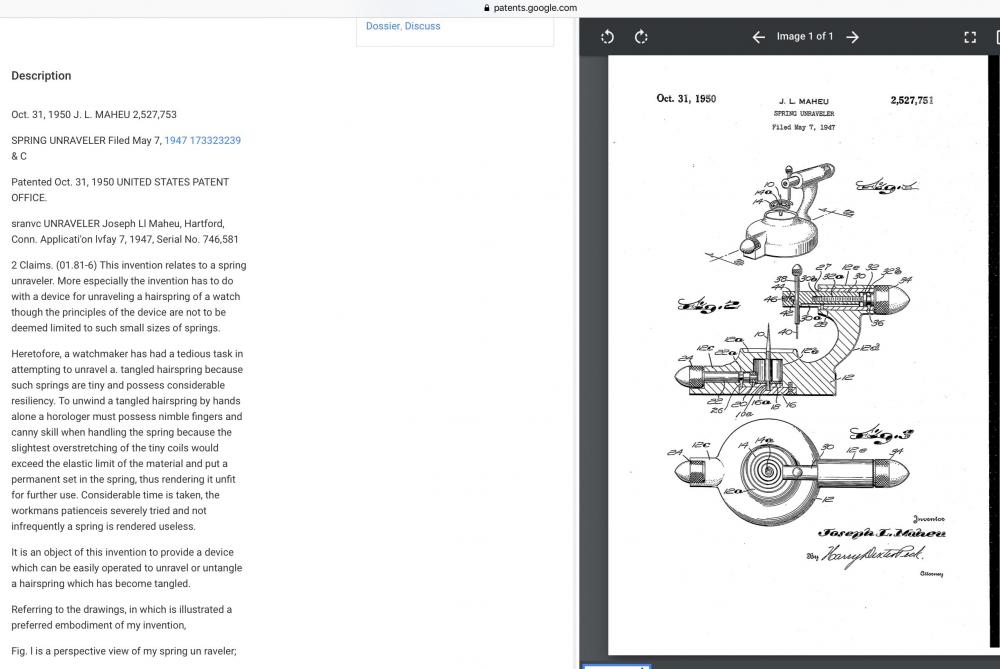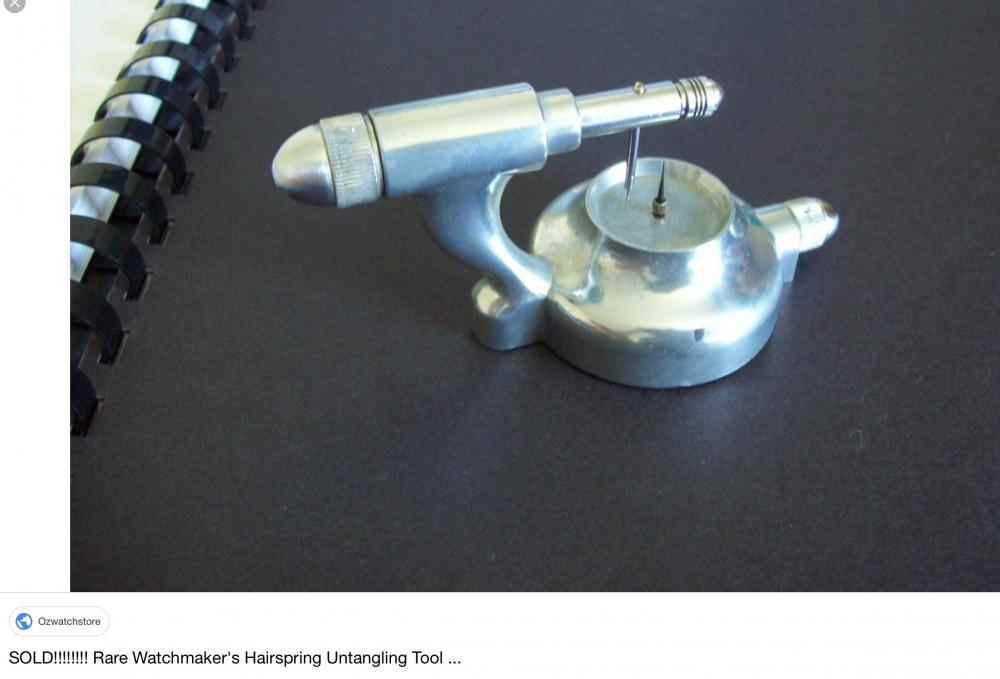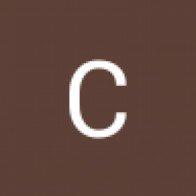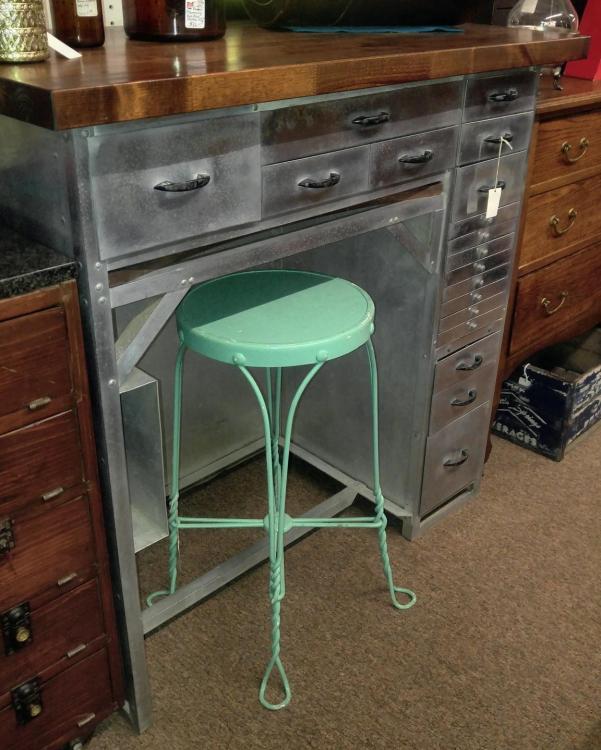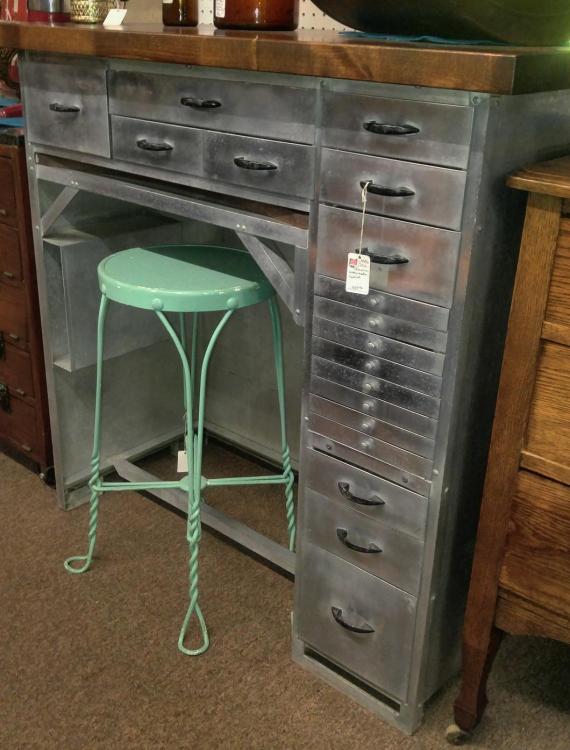Leaderboard
Popular Content
Showing content with the highest reputation on 10/23/18 in all areas
-
odd that you mention Russian watches, as it was a raketa that I first had to correct an overbanked balance wheel. I had dropped the watch after giving the case a polish and noticed it stopped working. When I looked inside I saw the balance would not swing and I thought there is now way I can correct. But, was amazed and how easy it was and only because the parts just slipped right back into place. As I Timex restorer I can say without hesitation that is not the case with a vintage Timex. Typically the issue there would be the pallet fork has been bent out of position. To change one is like trying to keep Mercury from slipping through your fingers! Hmmm I like that line, maybe put it on a t-shirt!1 point
-
The 100/594 looks almost the same as Ronda 1856 - length 330 v 332, collet/roller diameters only 0.01 difference. I'll go for which ever I can find. I don't have a lathe, but do have a Jacot tool, so can only do minor adjustments.1 point
-
Yes, the pin actually started out as the pin that holds a door in its hinge. Then I used this style of pipe cutter to add the two grooves in the pin. I do not have all of the correct tools I made the mistake of using one that was brass plated steel. Why is this bad? The steel can become magnetized and in turn magnetize your watch. Where are you located? If you are in the US and somehow have a hard time finding brass rod (it's pretty cheap), I can send you a 6" piece if you want to cover shipping cost.1 point
-
To me, looks like post graduate work. I am anxious to see, one installed and runing , dancing as we say here. Do you harden them too?1 point
-
1 point
-
I concur on the timexes !you can buy buckets of old russian vostok and raketa movements for nil.Parts interchangeability is fair and they work the same way as their western counterparts. Out of a dozen you might get 3 or 4 to actually work,if not, not much lost.1 point
-
1 point
-
1 point
-
Good to know not to use Timex. I'm at the stage where I would like to learn to service my own watches. I'll skip buying Timex to learn on. Would a 6497 movement to a good choice?1 point
-
G’day all, Here’s my little collection of watches. Some are complete, some are not Some years ago, with saved up birthday and Christmas money, i bought an 1877, key wind, American Watch Co. Full Hunter; Stirling silver English case (that’s a few years older than the workings), engraved balance cock and 9ct gold balance wheel. This is my everyday watch, when it’s not too hot to wear a waistcoat A Swiss Acurex, 17 jewels, bought for a few dollars from an Op Shop (Ozzie version of a Thrift Store). This has seen service for when the above mentioned temperatures arrive. Unreliable now, so probably needs a service. Not worth paying for one, so will wait until my knowledge and skills are high enough. A Smiths pocket watch, pin lever, some of the wheels are just stamped out. Bought it a couple of years ago figuring that it might be a, non precious, watch to learn on. Plastic lens was all scuffed. 40mins of sanding and polishing cream fixed that. Balance wheel was sloppy as all else, and my dad said that one of the balance pivots was probably a screw. The one up under the dial was, so I fine tuned it. Within a week it had come loose again, so I put a dot of Lock Tight on the thread, re-fine tuned it, and left the dial off in case of recurrence (the dial’s only held on with bent tabs). Sits on my desk in a wire stand as my desk clock. Recently my Wife and I found a little shop in a nearby town that has the remains of retired watchmaker’s stock, both working watches and parts ones. I’ve been raiding his $5 tub. So far I have two fusee works, both missing the balance wheel and pallets, and a couple of other bits on each. One is by John Anderton of Huddersfield (found him on a list and he had his shop there in the 1820’s), and the other one is R. Cunningham of Liverpool, with an older style of regulator. No dials. Hope to tinker, and make parts and dials for them over time, but even if I can’t get them going, just having watch works that were made 200 years ago, and at $5 each I love hand work and engraving. The next 4 watches and works, also from the $5 tub, started ticking when given a gentle rock. In fact the first one, the workings of a Lombard Vernon & Co. pocket watch, that were sitting in a zip lock bag, started ticking away when I turned the bag over. I haven’t been able to find anything so far on the ‘net about them, and the main brass chassis, with the regular ‘works in it, has a white metal 1/2 plate on top with a collection of damaged springs and cams on it. Wondering whether it was a chimer or something. Missing winding stem (and anyway it’s grotty so running it is probably a bad idea in it’s present state). Quite a few jewels. The Odd Ball watch of the lot: A wind up ‘digital’ pocket watch! I had not seen this sort of thing before (though have now looked them up on the ‘net and seen some Very expensive versions, mostly wrist watches. ‘Liga’ brand, Swiss made. Pin lever. Ticked when rocked in the shop, but wouldn’t wind (no resistance or click). Thought it might be a broken mainspring, but $5 what’s to lose In the car I popped off the back with a screwdriver to find the clickspring rattling around loose. Found where it was supposed to be, fitted it, and, hey presto, winds and runs under certain circumstances. Have largely cleaned it, including the grotty celluloid window, and hope to get it going properly soon. A nice watch to learn on as it doesn’t have as many wheels as a conventional hands watch. Love watching the hour wheel flick over (a pip at the ’30’ position on the Minute dial engages a star wheel under the Hour disk). Have, since the photo, put the front watch case on my lathe and finished it with a fine grit, leaving a nice, subtle, radial polish. Heuer stop watch. Will run for a few seconds at a time. Very clean inside. No winder or crystal. Missing movement restraining screws (what’s the official name for those?) Generic Swiss made watch. The hour hand was bent around the minute hand, and once dis-entangled the watch spontaneously ran for a 1/4 Hour. Hour hand didn’t survive No winder, but apart from that, a new crystal and making an hour hand, it may be a goer without much work. Marathon over. Hope you enjoyed it. Cheers Duncan1 point
-
No do not learn on Timex as their movements are very different and very difficult to put back together. Instead get a few 17 jewel movements to learn on. You will find the engineering of the parts to be much better and once apart they go together much easier. Pocket watches are another good learning movement because the parts are big.1 point
-
Three lathes configured with countershafts and using sewing machine motors. Boley, Boley Leinen and PeerlessPlus I made two leather belts. Sent from my iPhone using Tapatalk Pro1 point
-
1 point
-
Happy to explain and you're at no risk of appearing stupid - none of us were born knowing this stuff. Forget about whitworth, metric etc for sec, they are just convention. Start with what defines a thread. Its a helical shaped groove and Its defining properties are 1) its pitch 2) its diameter and 3) its thread form. Pitch is the distance between crests, diameter is the diameter and form is the shape of the groove. There is more like direction, tapers on pipe threads, multistart threads, class of fit etc but just worry about those main three for now. A thread is a rather useless thing unless it properly mates with another. We can single point a thread of any pitch, diameter and form (and sometimes we need to), however since the whole point of a thread is to mate with something, the majority of threads we encounter today are done to some standard. The standard defines the three things; pitch, diameter and thread form. So if one plant makes the tap and other makes the bolt, the bolt fits the tapped hole. A 1/4" National fine thread is a 1/4" major diameter, a pitch of 28 tpi (actually that is the thread count, but in the vernacular its called the pitch as one is function of other: thread pitch - 1/thread count) and a form that is 60 degrees. An M8 - 1.0 is an 8mm major diameter, pitch of 1mm (distance between crests) and 60 degree form. There are many different standards, maybe hundreds, but all it is is convention, a standard defining those three things, pitch, dia and form. There is no law that if I make a product it has to follow convention. Too bad perhaps for lathe collets, one standard size would have been nice. The maker of your lathe made the thread 40 tpi and 5.5mm OD, likely not to any convention (they did that back in the early days, each lathe maker coming up with their own collets). Their collets fit their drawbar, all they thought necessary. More recently made stuff will almost for sure be to some standard (there are dozens maybe hundreds of standards), but it doesn't have to be to a standard....and the odds of an odd thread increase when you go back in time. What is it? Could well be a hybrid never seen before or again. All we know for sure is it has the three defining characteristics: a pitch diameter and form. Where does Whitworth and your gauge come into it? Whitworth is just one of hundreds of standards - a convention of diameter, pitch and thread form usually in a series. Unified National Coarse, Unified National Fine, Metric, Acme, BA, etc. One of the threads in the Whitworth series is 1/8" diameter x 40 tpi. The thread form for Whitworth is 55 degrees with highly rounded crests and valleys. All just convention. What your gauge actually measured was 40tpi pitch. For example, put your gauge against a #6 UNF bolt, which is also 40 tpi,and it will fit like it did the collet. But doesn't make the #6 screw a Whitworth, its still and UNF with a different diameter and slightly different thread form (55 vs 60 degrees, at 40tpi that might be visible with a loupe, ie the 55 gauge not perfectly fitting a 60 degree thread) SO....a thread standard like Whitworth is defined (basically) by three things diameter, pitch and form. Your gauge measures one of these tpi (or pitch). Your collet happens to have the same pitch, 40 tpi as a 40tpi x 1/8" Whitworth, but this is the extent of it, they just have the same pitch. For your collet to be a Whitworth thread (which its not) it would have also have the same diameter (for 40 tpi W = 1/8") and thread form. Its like if you had a set of Mack truck colour paint chips, and you spotted a BMW the exact same colour....the paint chips let you identify the colour (or the pitch of 40tpi) but it doesn't mean its a Mack truck. Ask away if not clear1 point



